
Auszeit - Reise Richtung Osten
vakantio.de/auszeit-reise-richtung-osten
Kyoto: Japan's Cultural Hub
Published: 31.07.2019
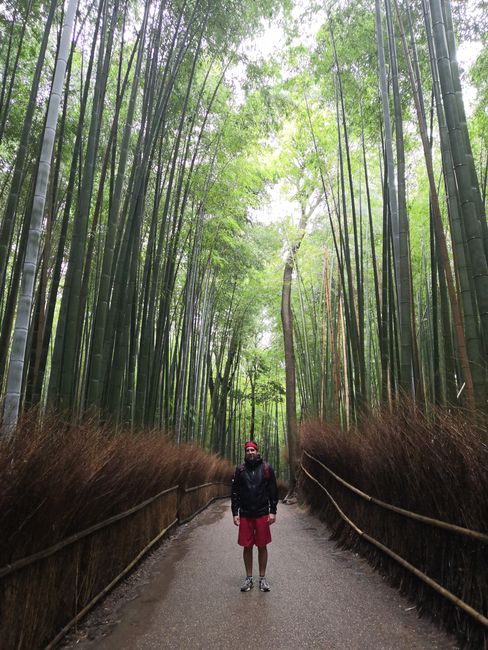
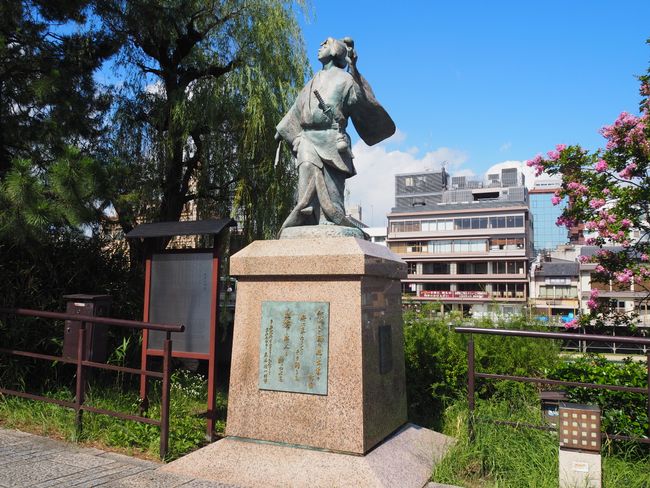
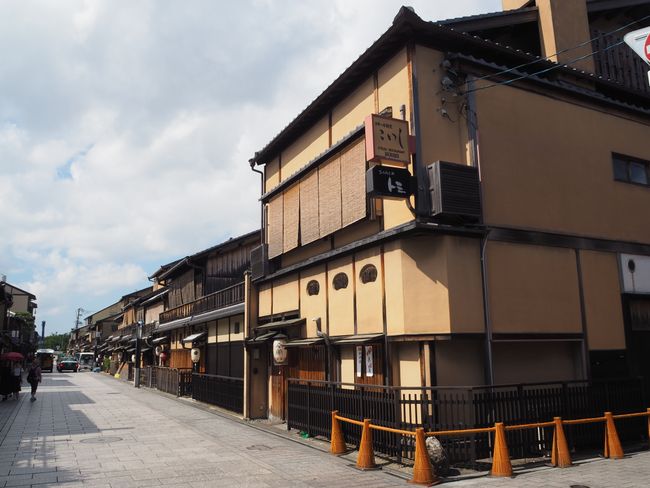
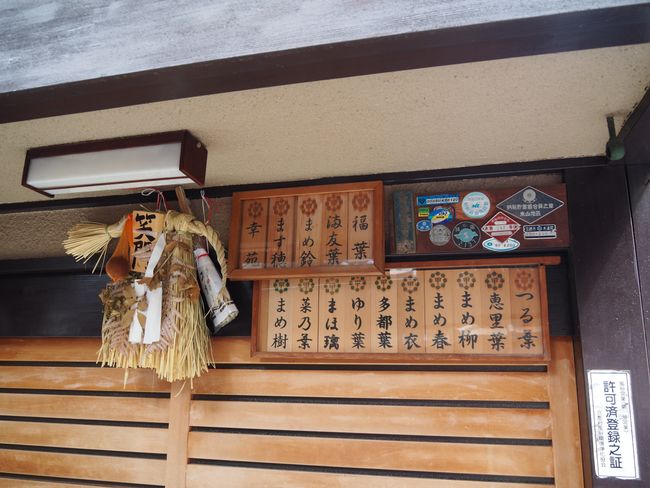
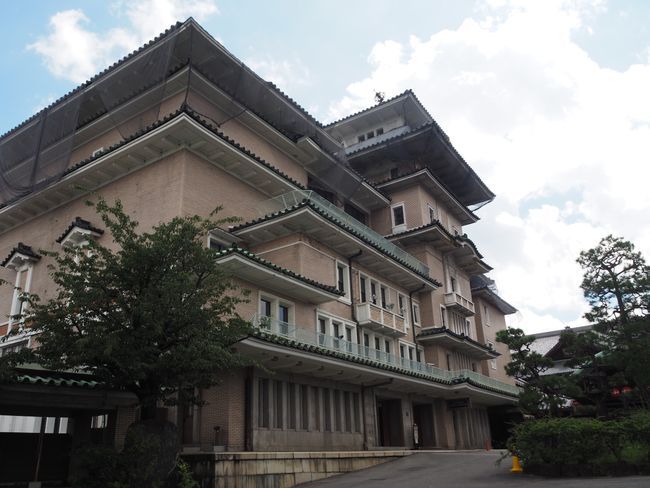
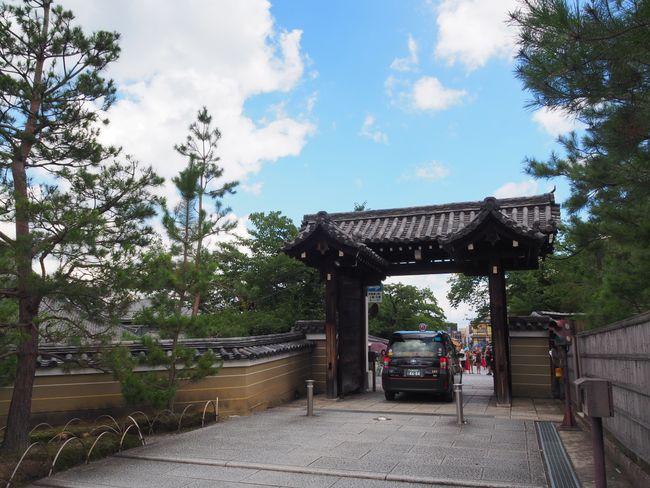
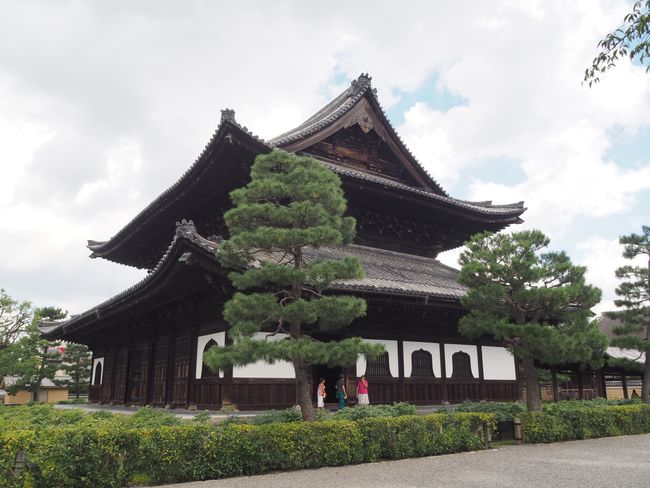
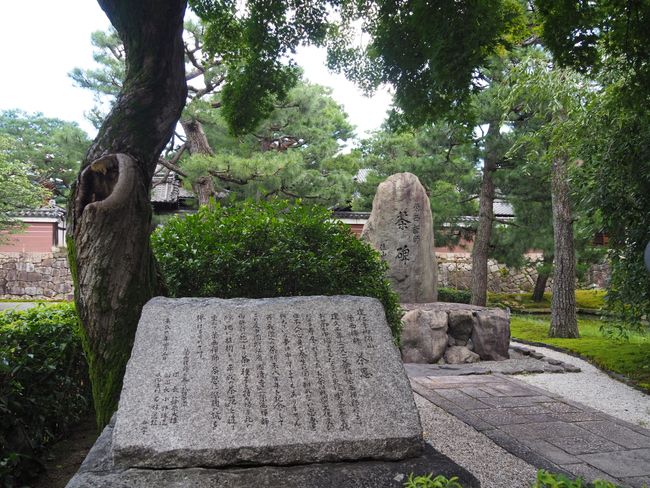
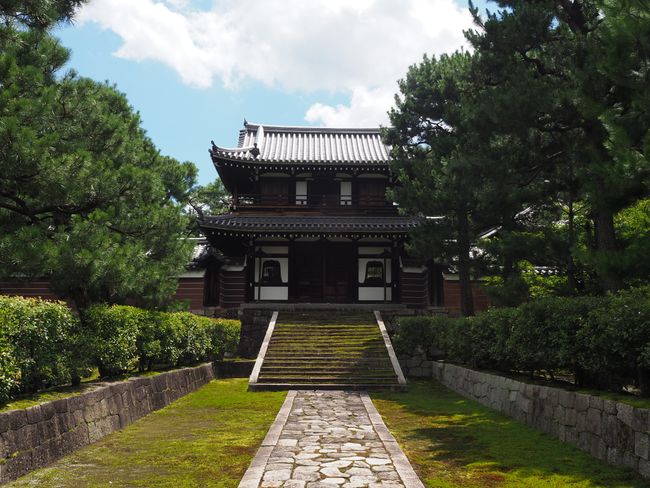
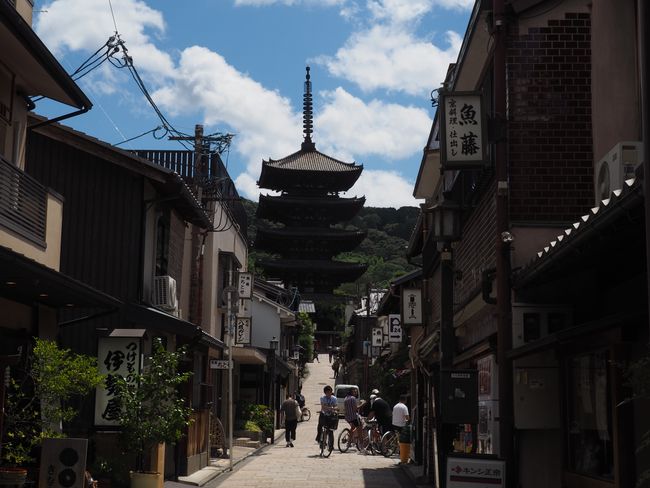
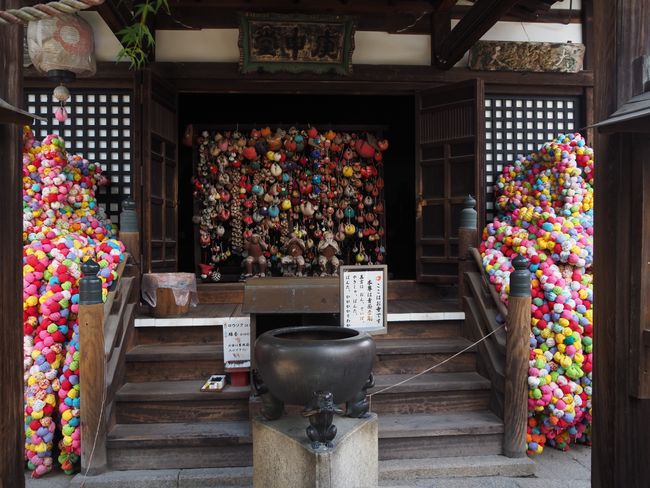
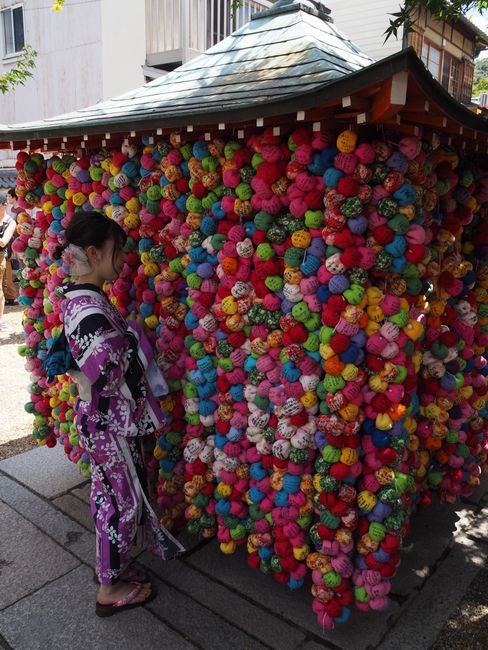
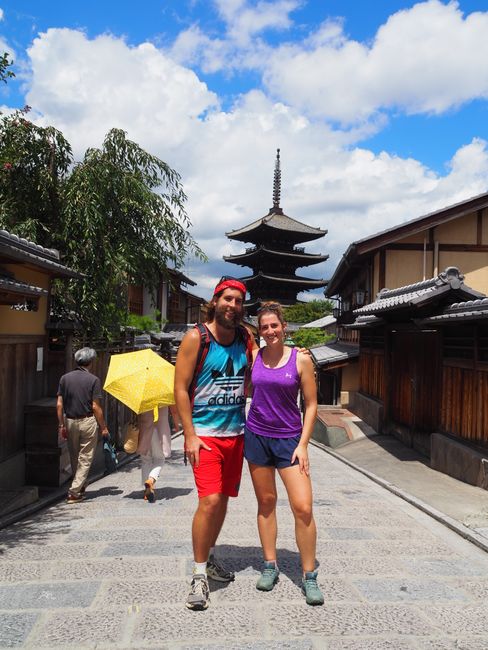
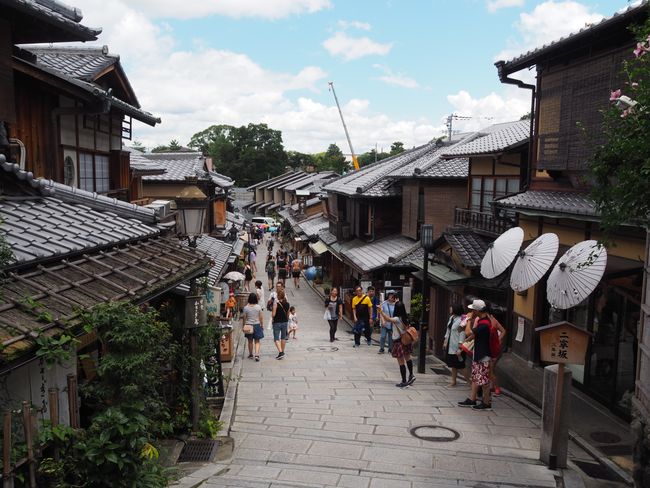
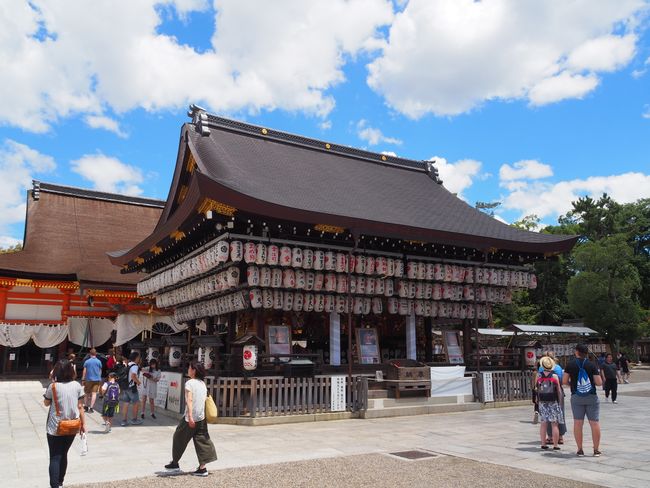
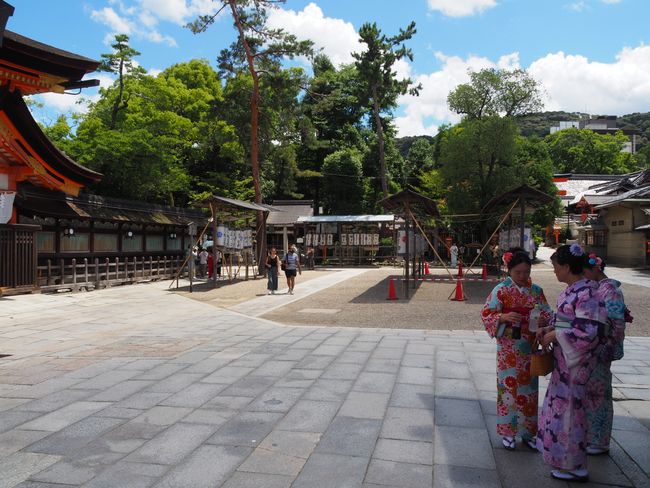
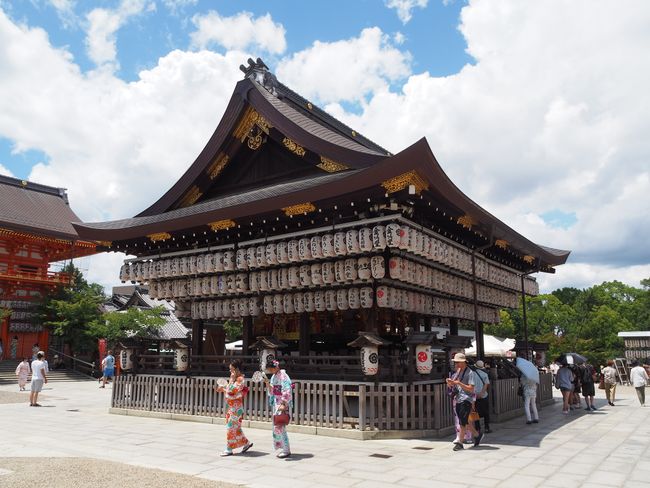
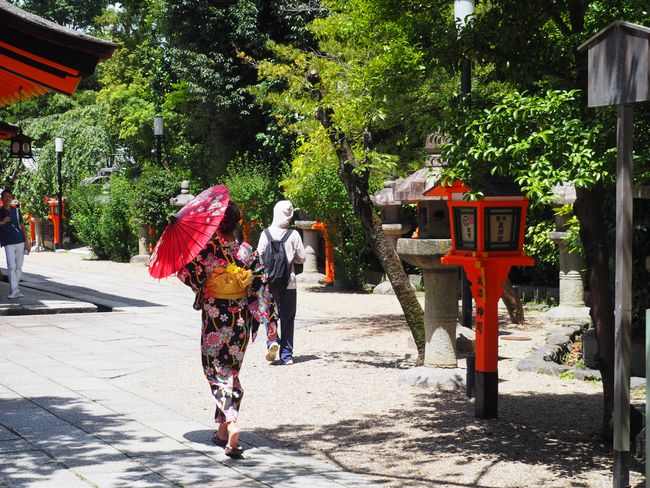
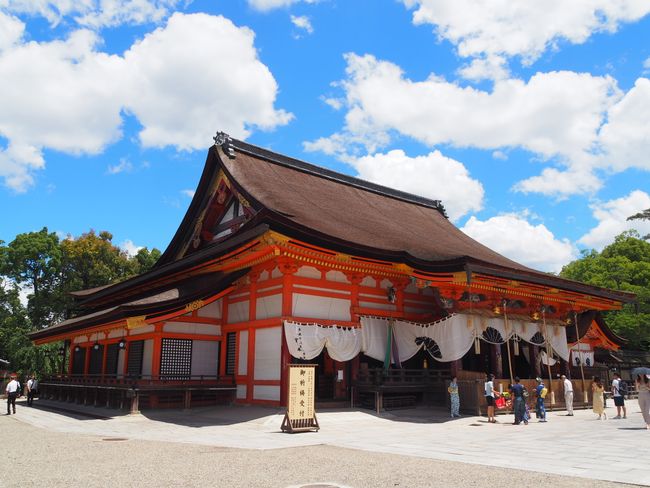
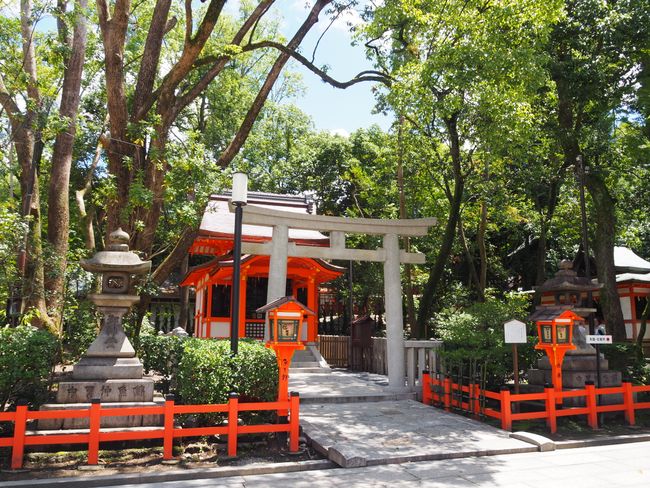
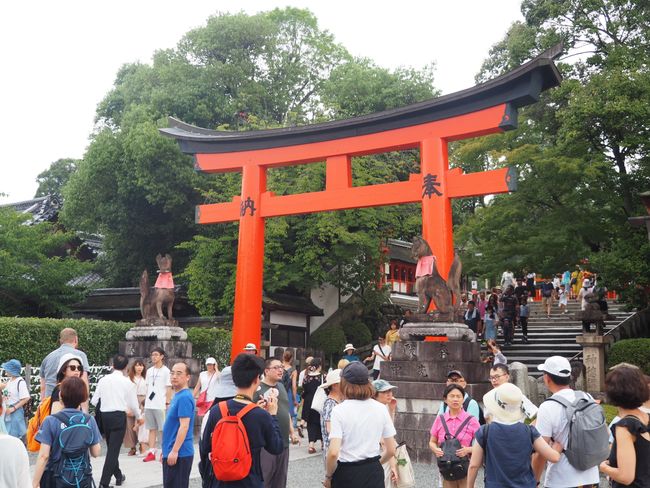
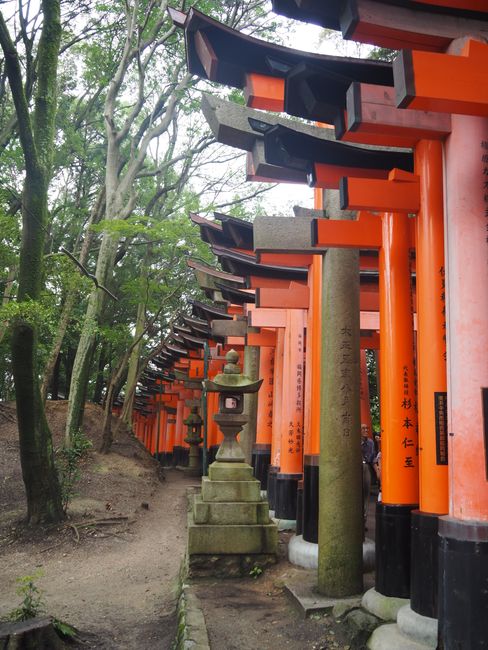
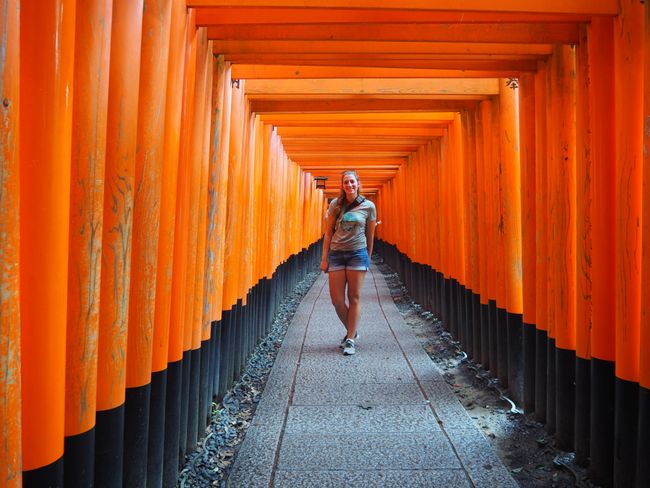
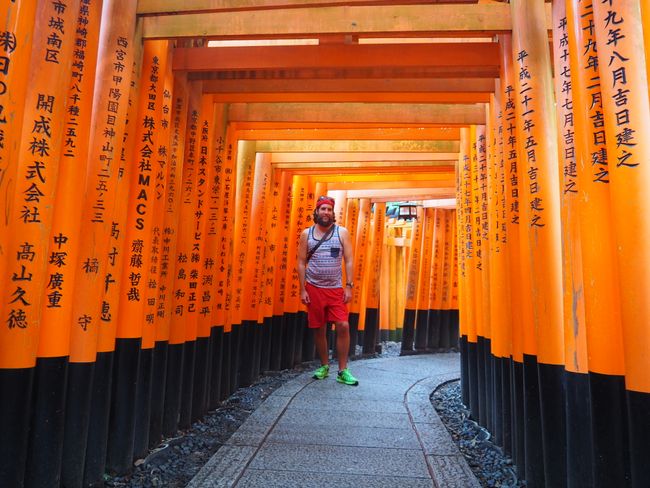
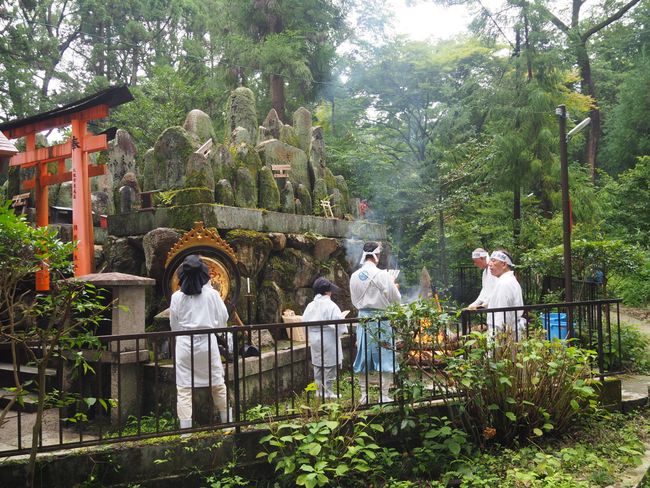
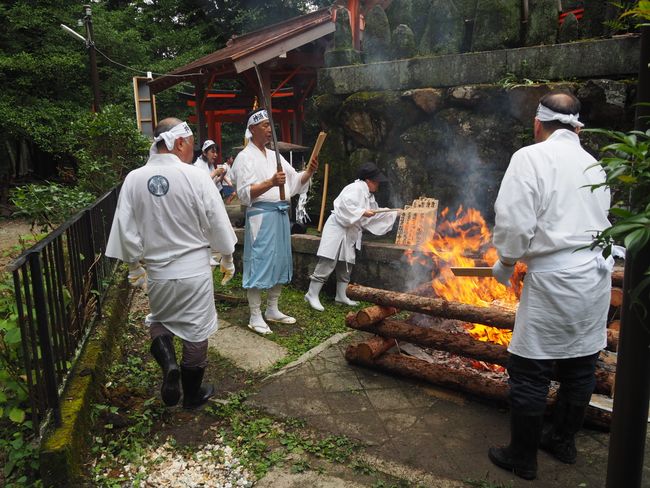
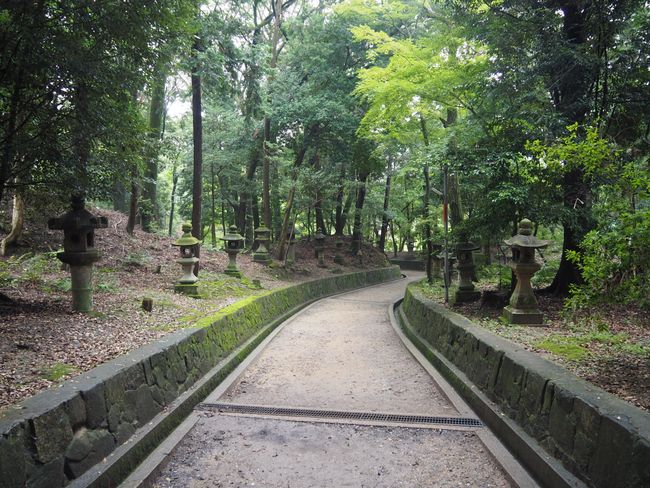
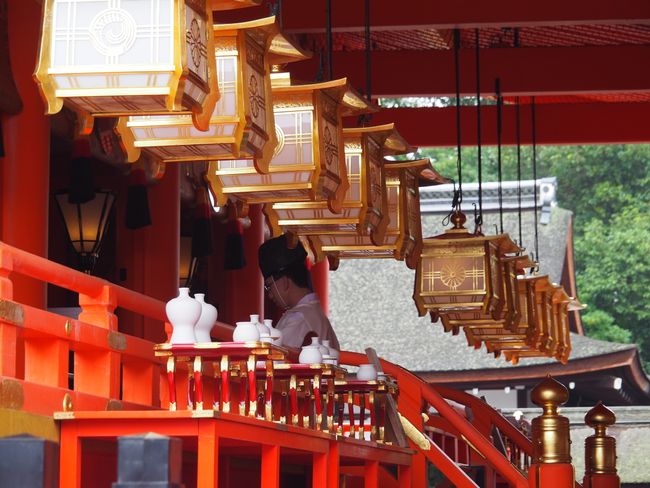
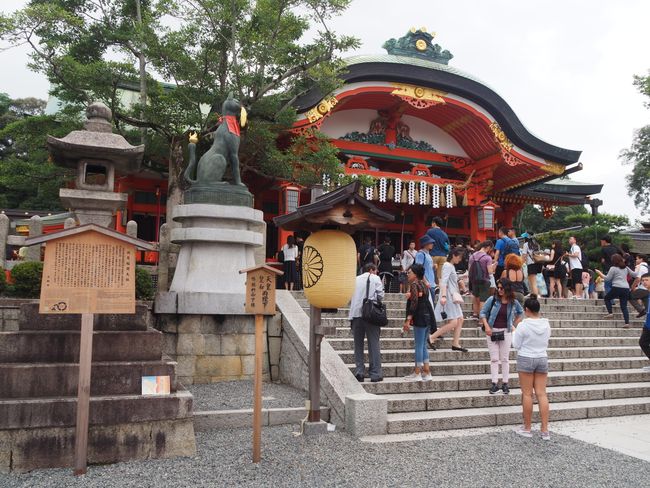
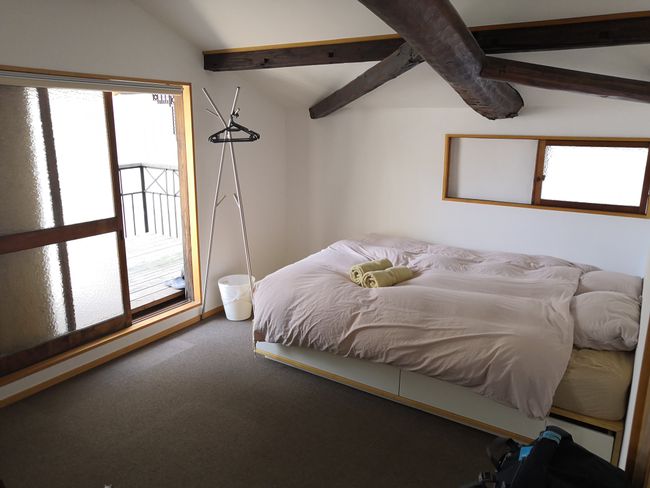
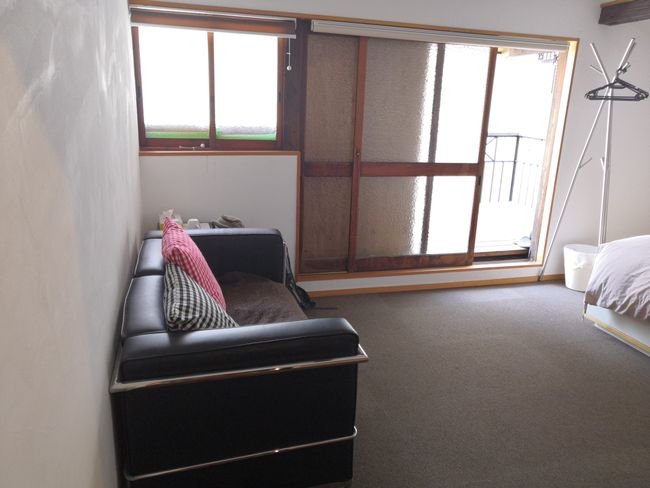
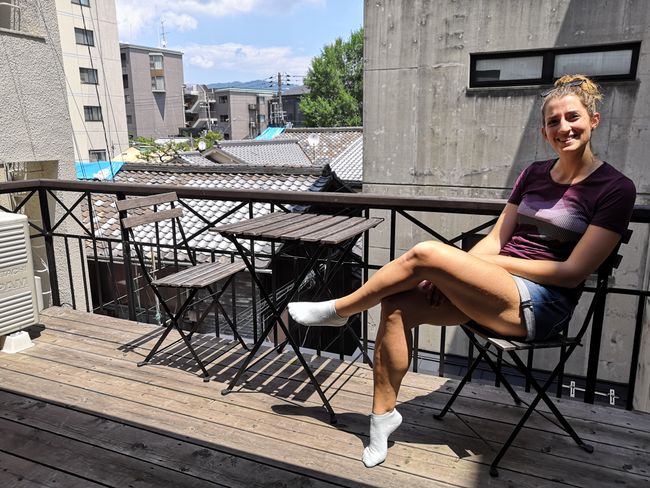

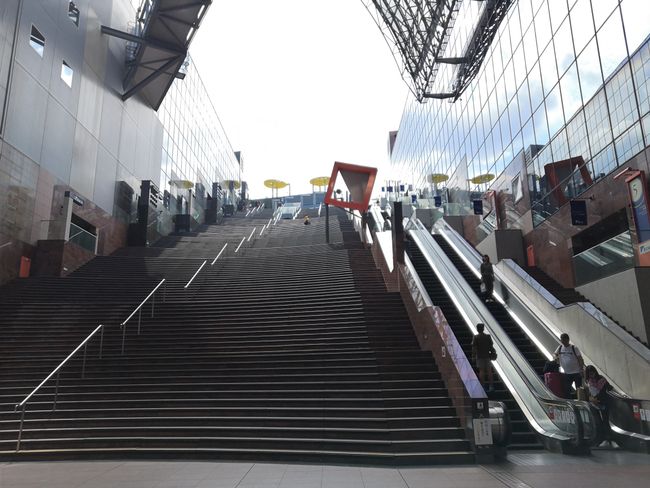
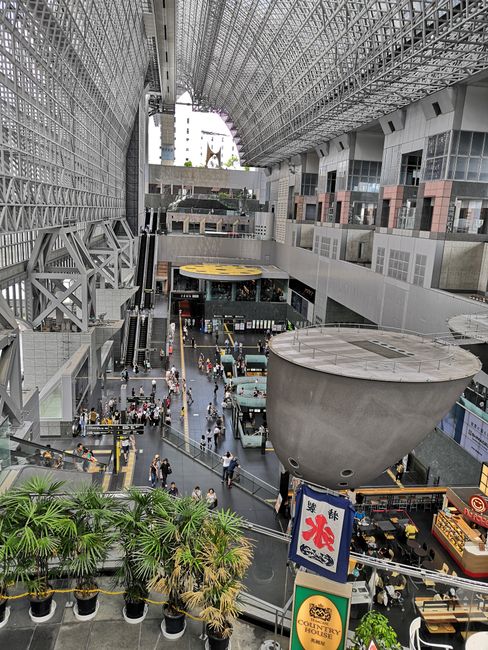
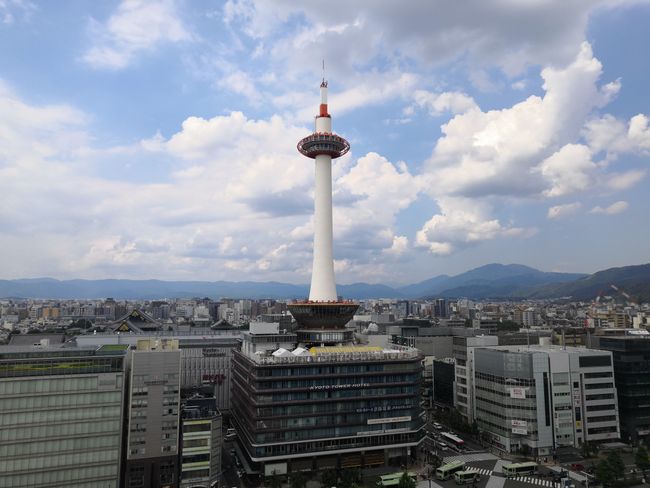
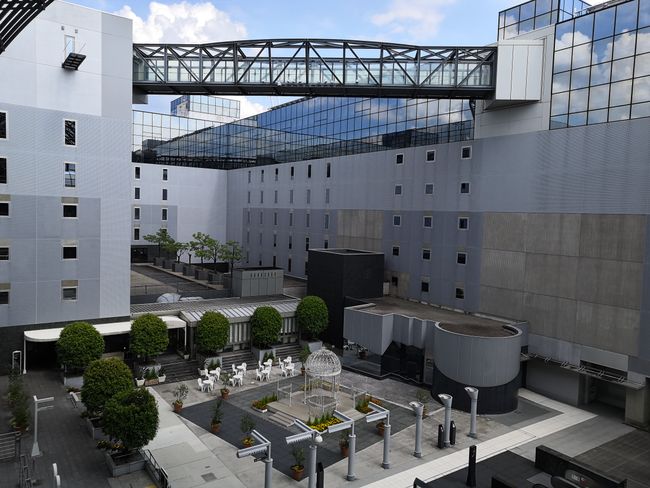
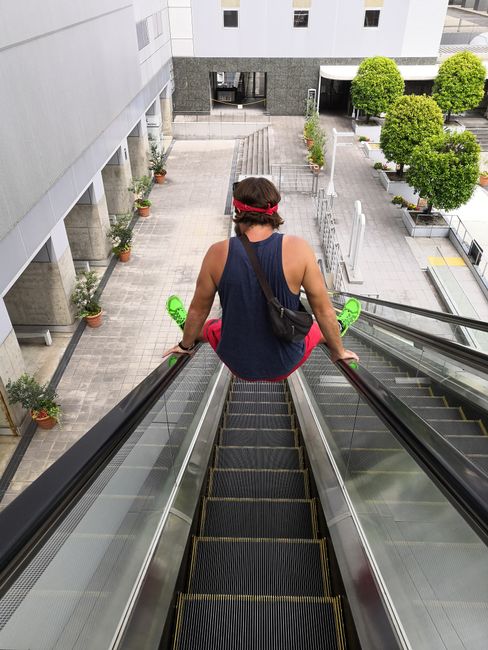
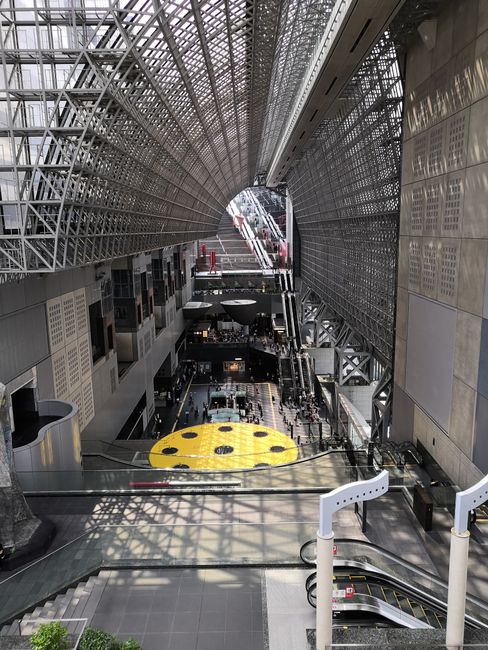
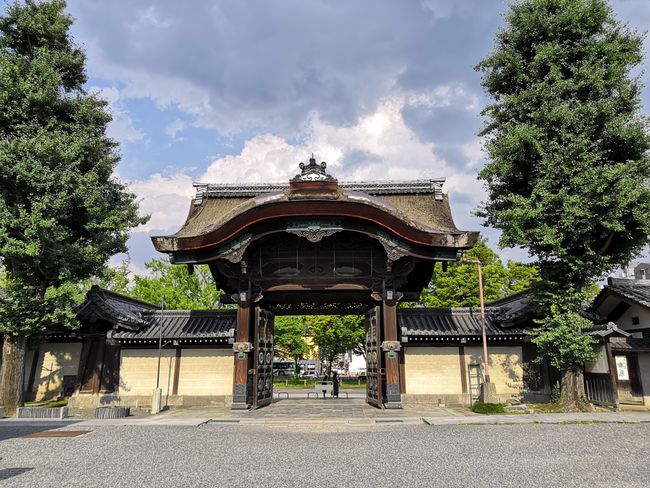
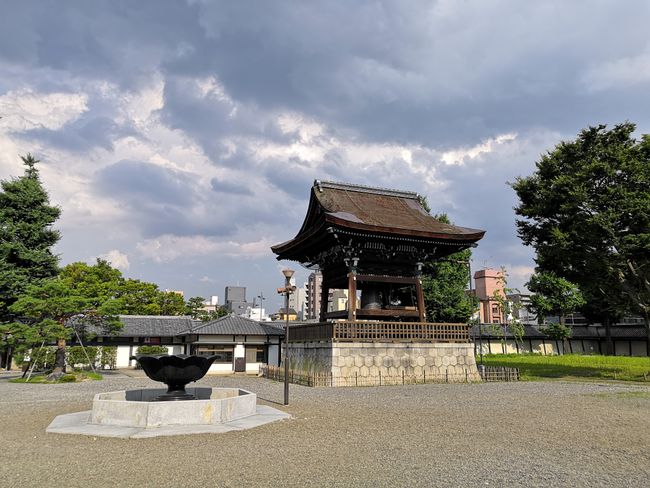
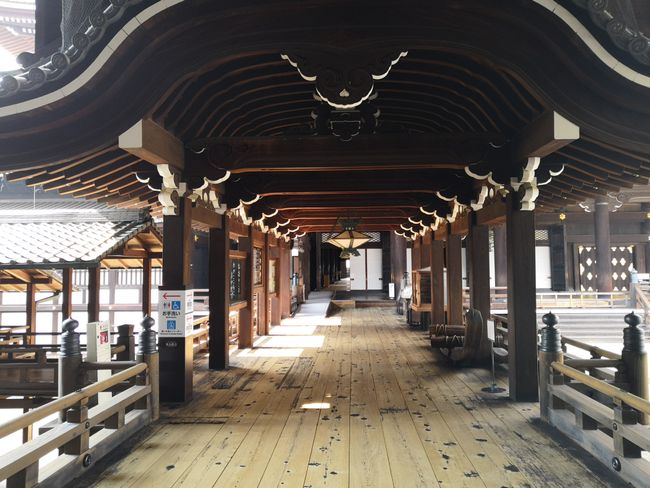
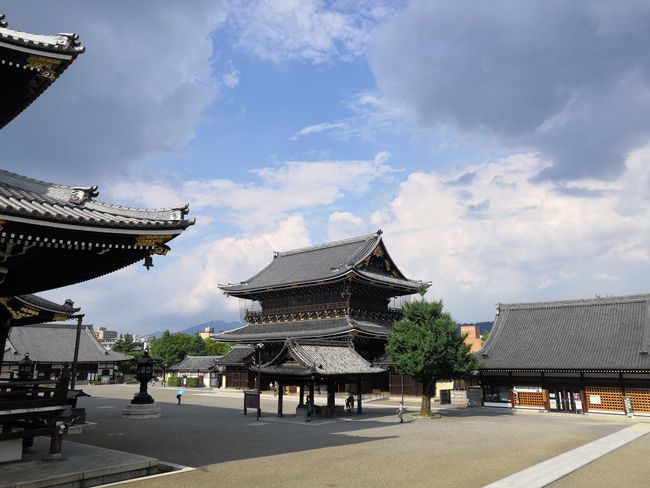
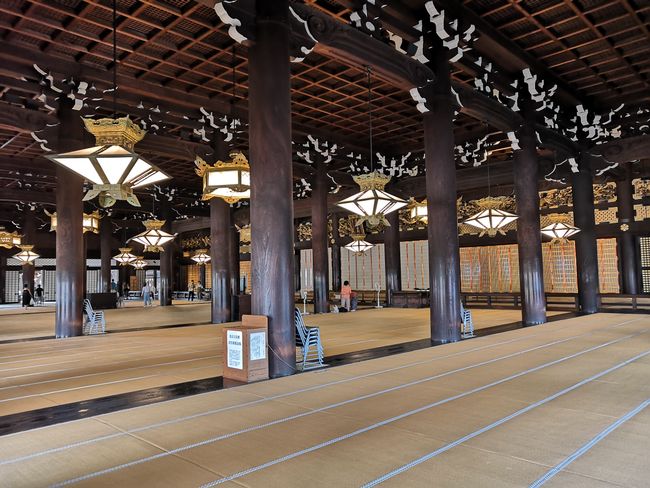
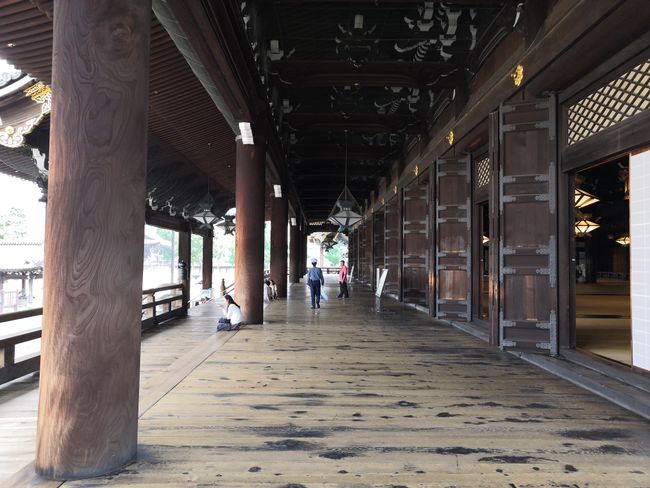
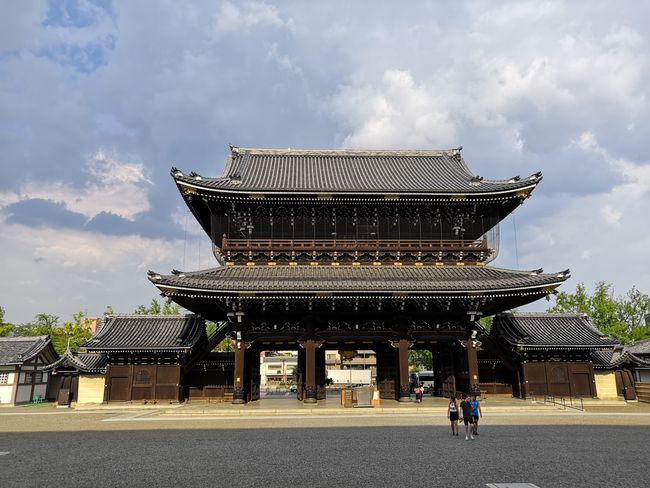
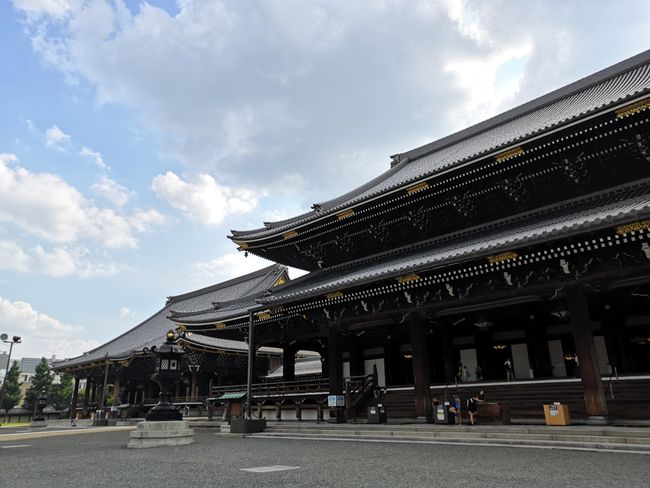
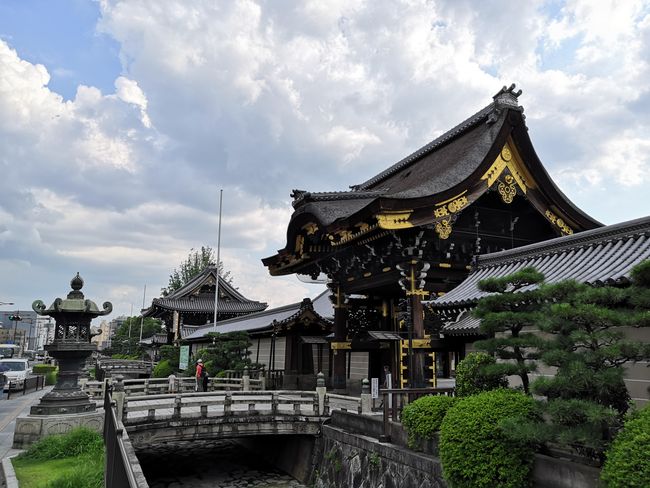
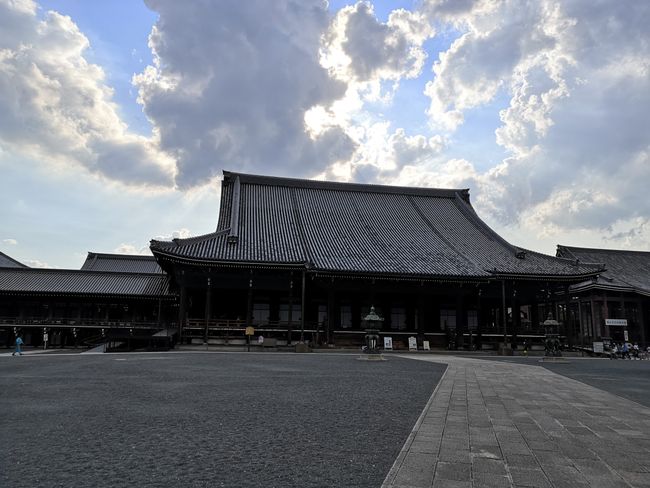
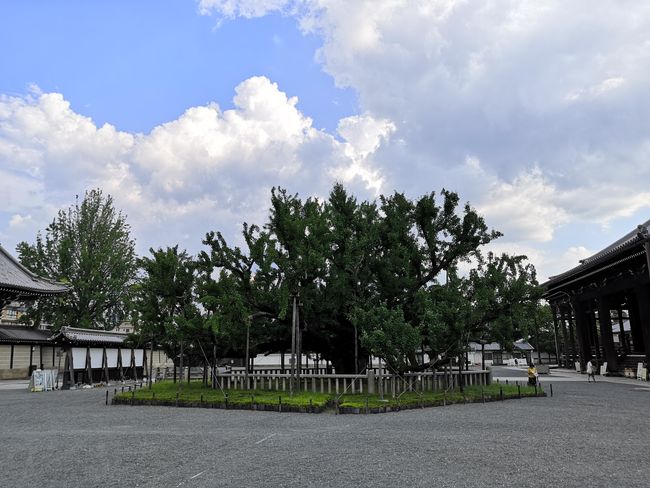
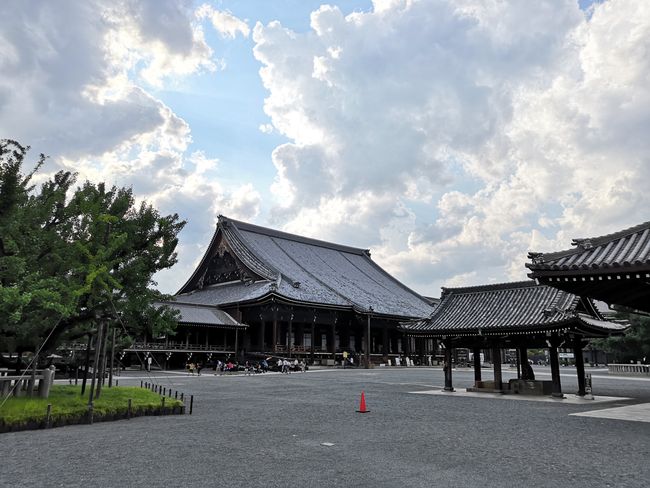
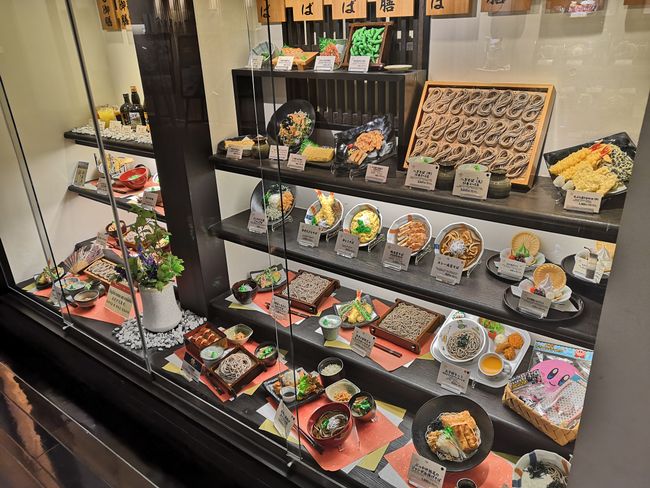
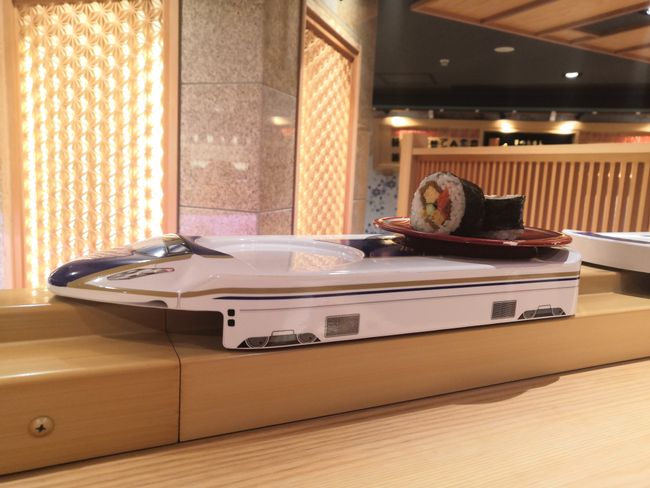
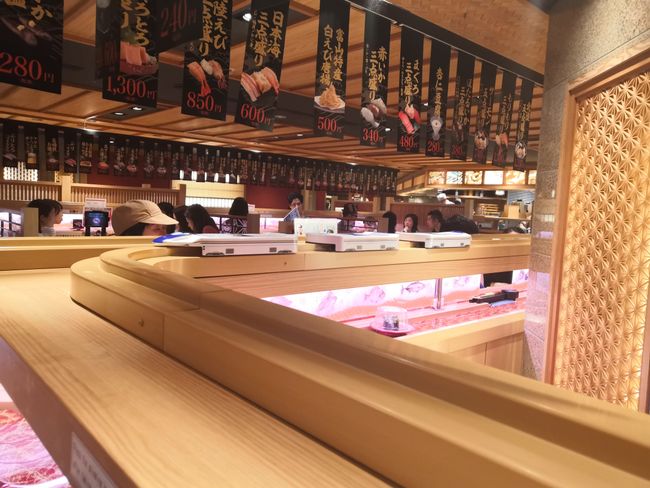
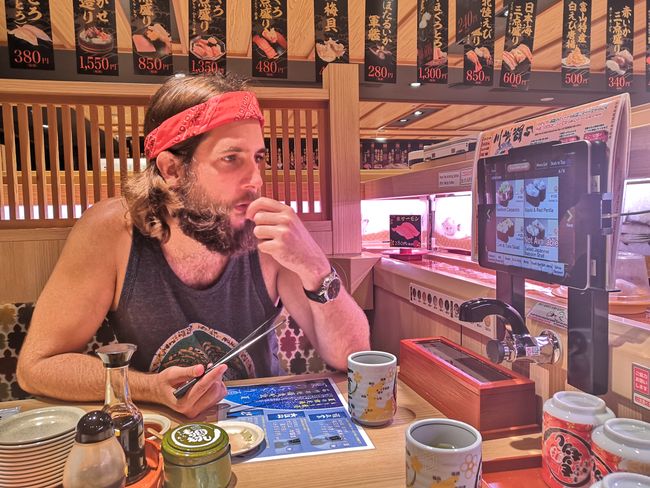
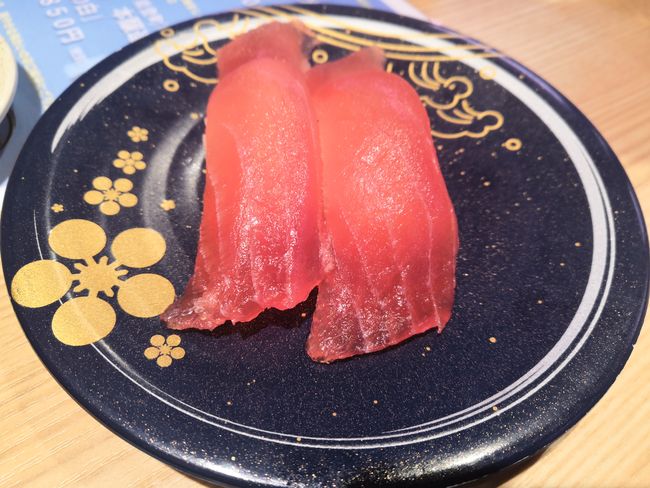
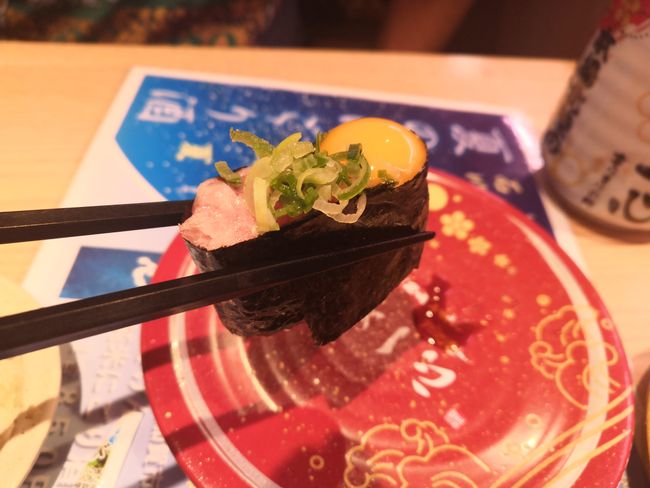
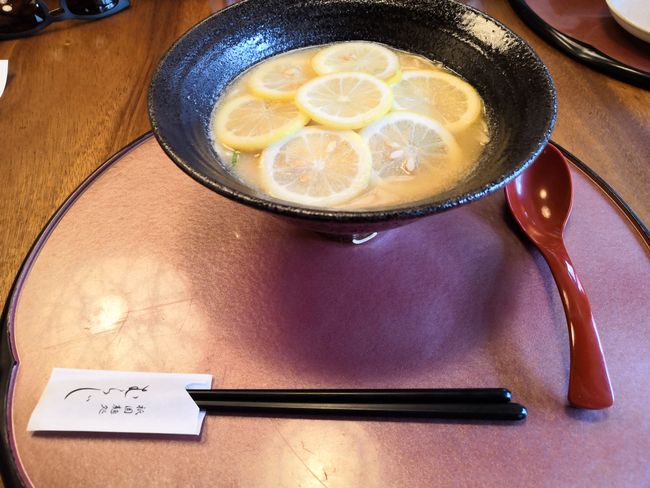
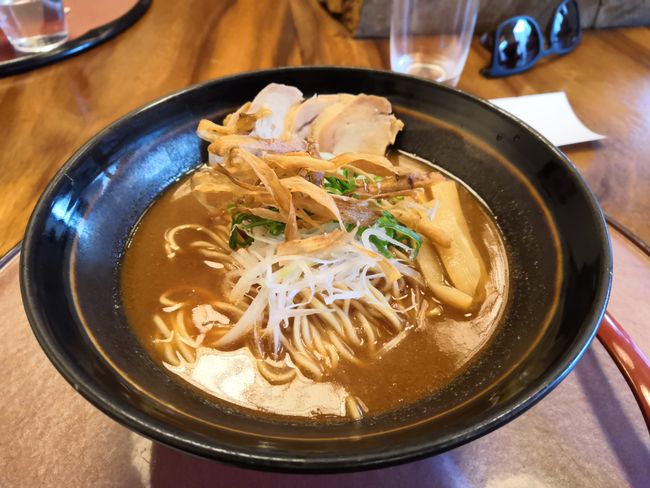
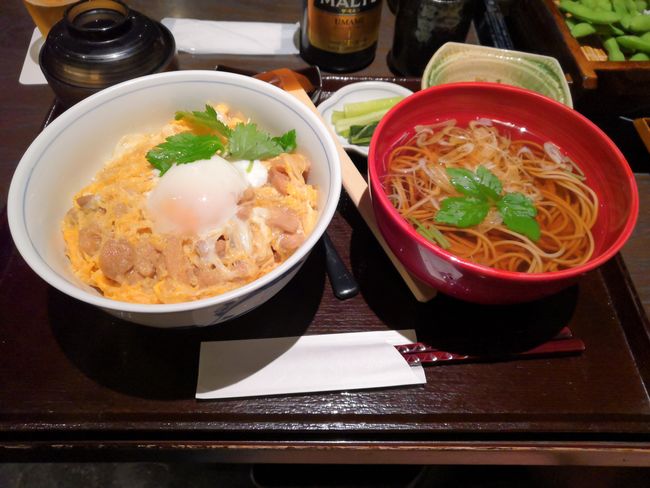
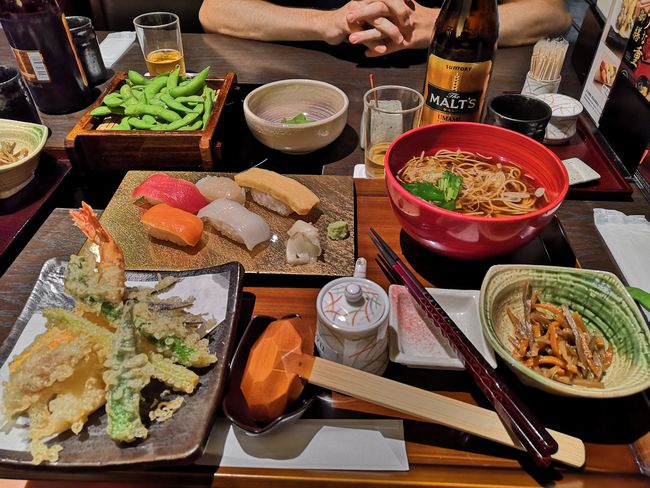
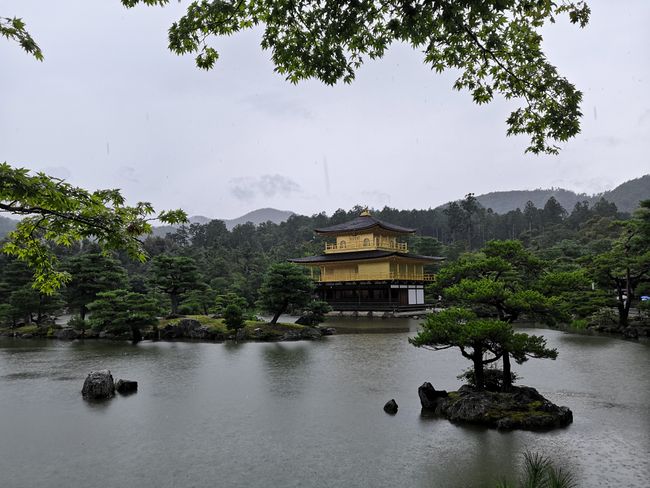
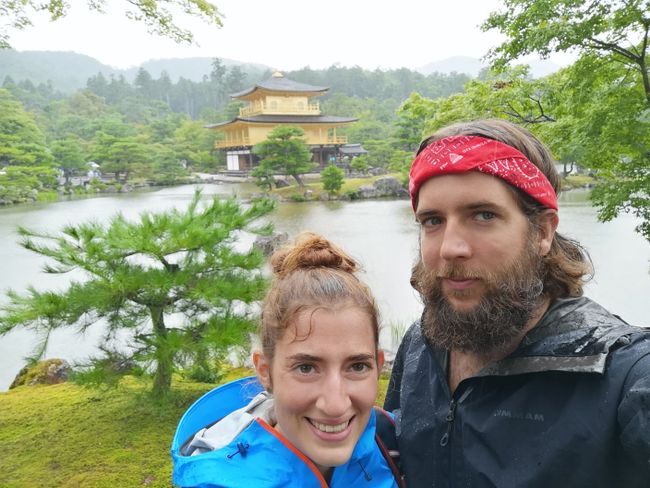
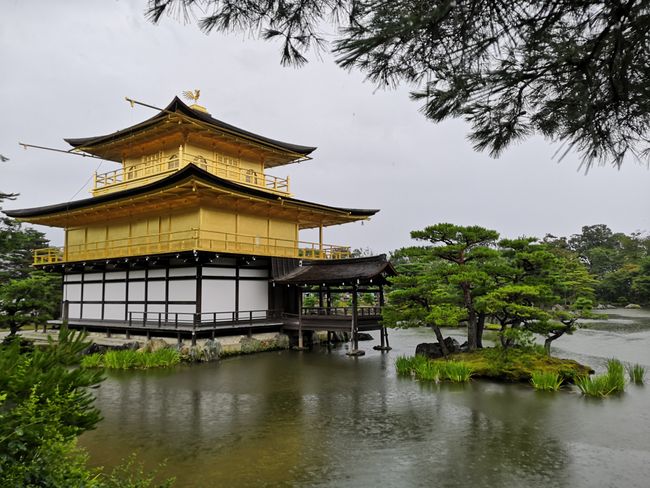
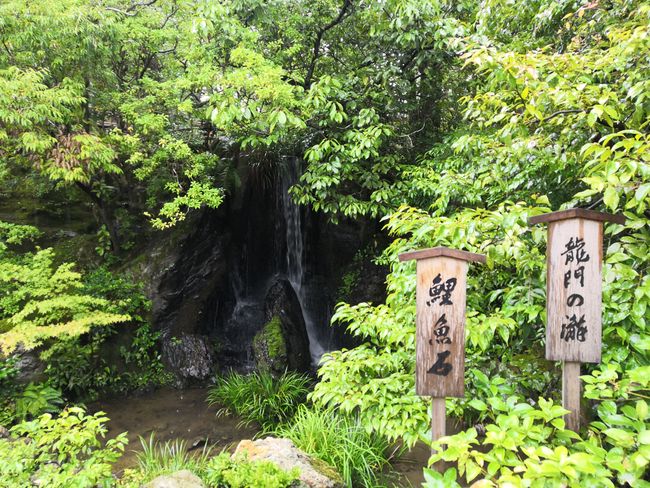
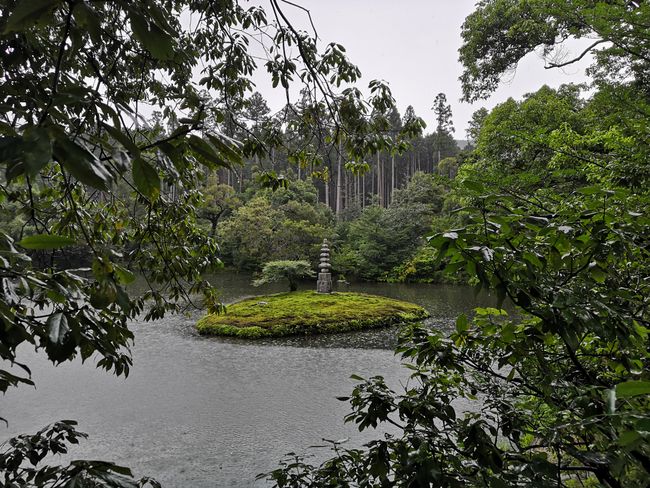
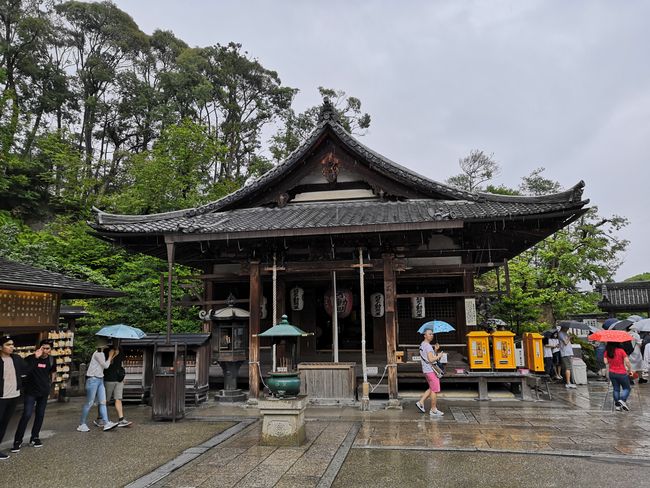
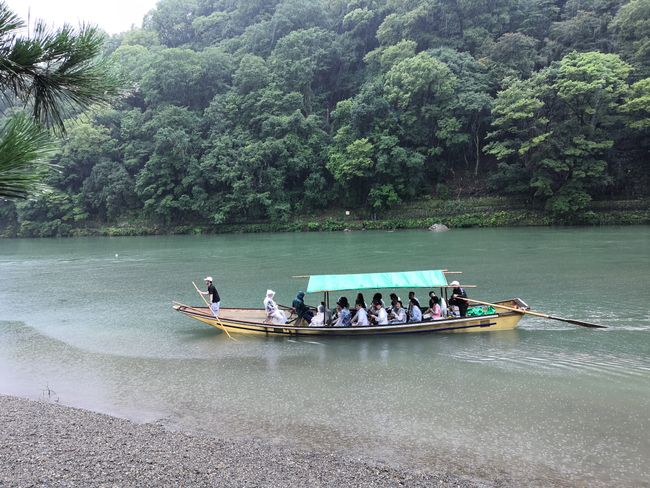
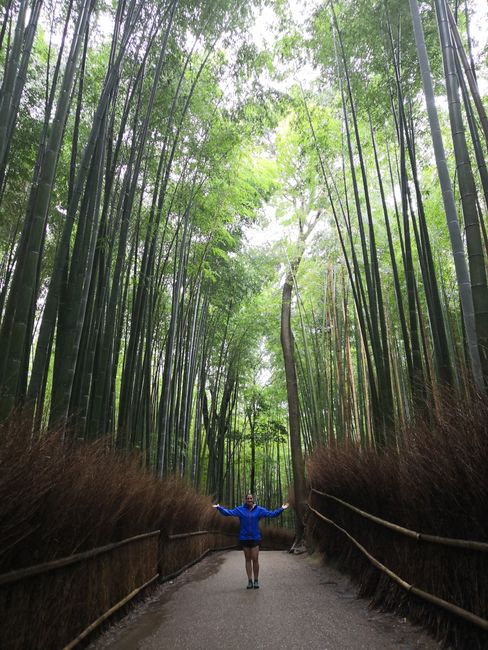
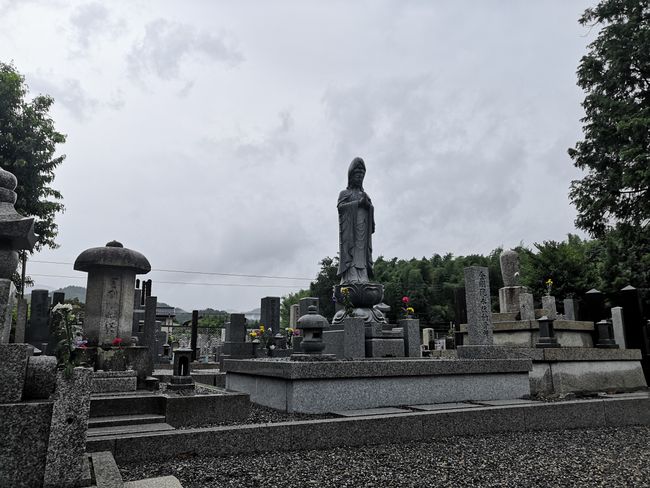
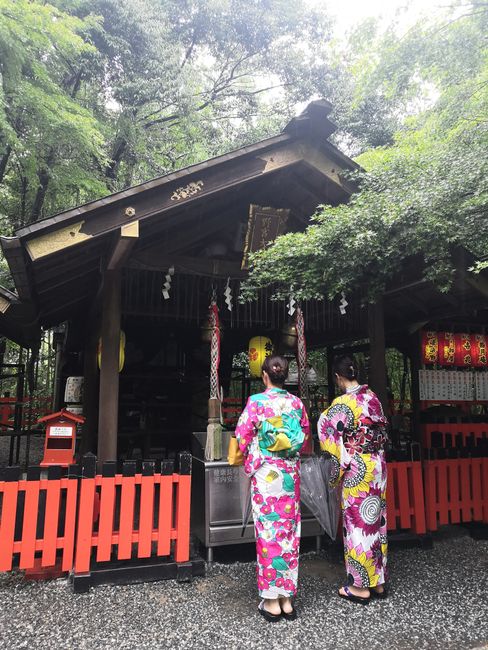
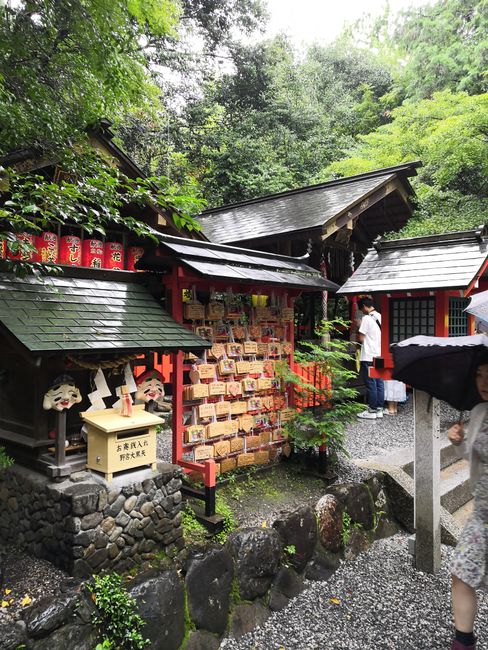
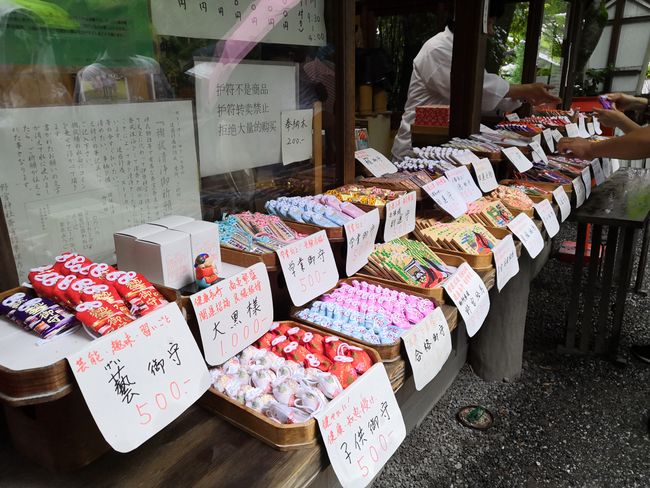
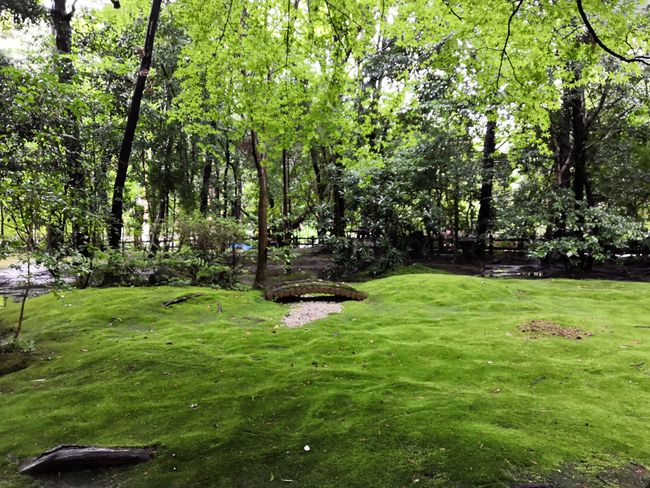
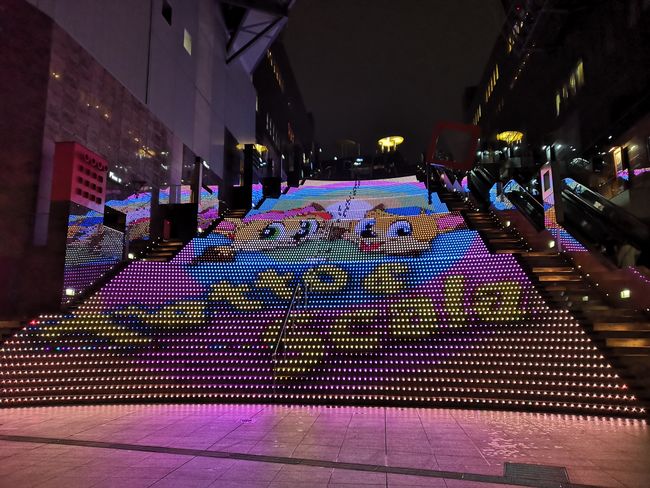
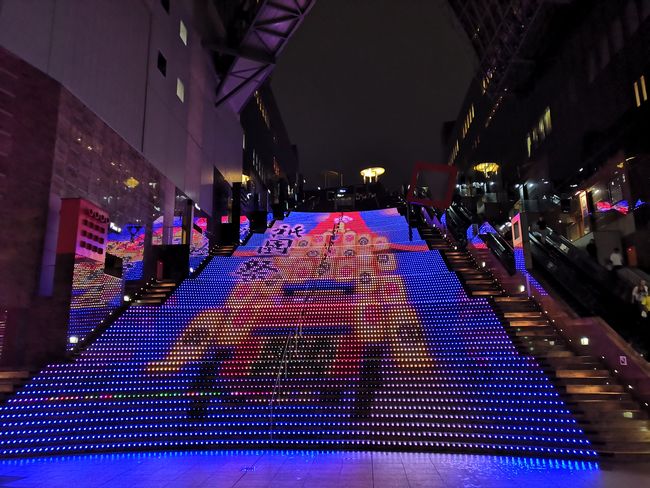
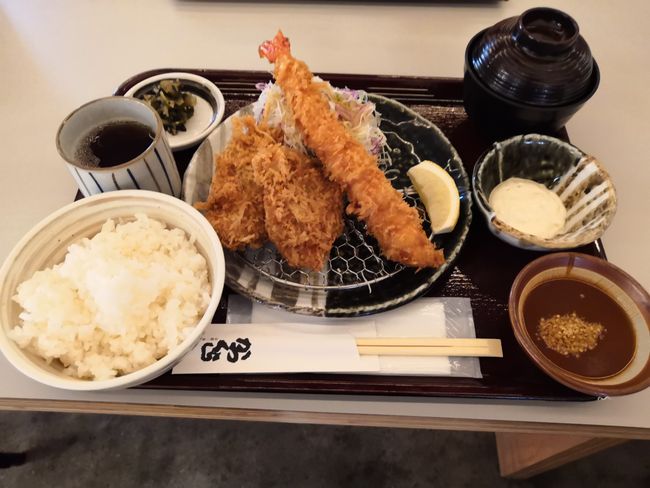
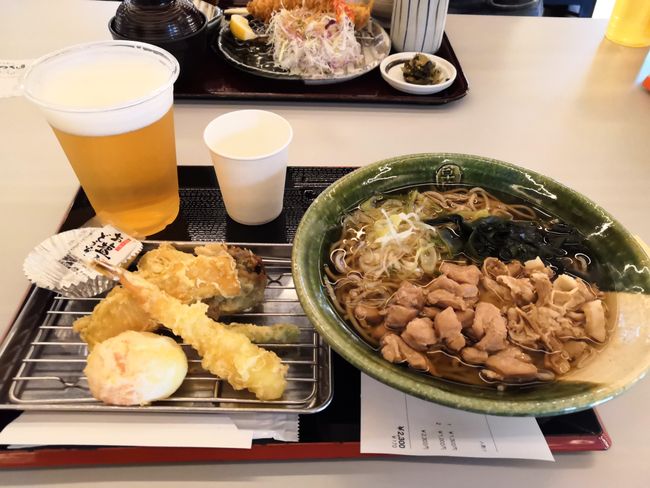
Subscribe to Newsletter
The city of Kyoto, which was the capital of Japan from 794 to 1868, has a high cultural and historical significance. With its 1600 Buddhist temples, 400 Shinto shrines, palaces, and gardens, Kyoto is one of the best-preserved cities in Japan. This is mainly because the city was intentionally spared from bombing during World War II. As the then US Secretary of War knew the cultural importance of the city, it was removed from the list of atomic bomb targets. Many famous buildings in Japan are located in Kyoto - numerous have been declared UNESCO World Heritage Sites in 1994.
Our small room was located in a renovated old house near the city center. We were lucky because we were assigned the room with a balcony and a lockable sliding door. All the other residents only had a curtain. We deposited our luggage and went to the train station to buy tickets for the Shinkansen ride from Kyoto to Tokyo.
We immediately spotted the Kyoto Tower, a 131m high observation tower located opposite the train station building. The Kyoto train station was a surprise. We had imagined a much smaller structure - the building is 70m high and 470m long. Furthermore, the train station is spread over twelve floors. Passengers are transported up on endlessly long escalators. Thanks to good signage, it is easy to find your way around. We bought our expensive tickets.
On our way back, we accidentally discovered two huge Buddhist temple complexes - the Higashi-Honganji and the Nishi-Honganji. We explored both temples and enjoyed the tranquility. Since they are not main attractions, there were very few tourists. Incidentally, the temples looked similar to the large temple in Nara. What was interesting was the rope that the construction workers had used. The thick rope (with a diameter of 10cm) was made from donated, braided human hair.
We ended the evening with a delicious dinner. We went to a sushi restaurant with a conveyor belt. However, we didn't take anything from there, but ordered everything individually. The sushi rolls were delivered by a Shinkansen train. There are plenty of dining options in Kyoto, but the price categories vary greatly.
We were ready at the agreed meeting point at 9:00 am the next day for the Free Walking Tour. Our tour guide, a young Australian chef who has been living in Kyoto for three years, took us through Gion, a famous district. We started at the statue of Izumo-no-Okuni, who is considered the founder of Kabuki theater. Kabuki theater is a Japanese dance-drama. The new art form quickly gained popularity among the population. Sensitive topics that couldn't be discussed in everyday conversation were brought up in an artistic way here. The women portrayed all the main characters on stage, including the male characters. In 1629, the female Kabuki theater was banned by the authorities because the dances and performances were considered too erotic. The women were initially replaced by young, very feminine men. Eventually, they were also banned from the theater and replaced by adult men. Today, this art form is reserved for adult men.
Gion is home to Japan's most famous and exclusive Hanamachi (Flower District). The term 'Geisha' translates to 'artist' or 'person of the arts'. In Kyoto, they refer to geishas as 'geiko' - 'women of the arts'. A geisha is an entertainer who performs traditional Japanese arts, mainly in teahouses or at their homes. To become a geisha, one must undergo a five-year training. The trainees are called Maiko (dancing girls). A Maiko is taught the following subjects: calligraphy, traditional musical instruments (drum, lute, flute), tea ceremony, and conversation. Their appearance is also very striking. Their faces are painted white and they wear elaborate hairstyles. They only go to the hairdresser once a week. To protect their hairstyle while sleeping, the Maiko rests their neck on a small wooden block. This is uncomfortable and painful. In addition, the Maiko learns not to turn over in their sleep. Maikos also wear a kimono that is too big for them and high wooden shoes. Both the shoes and kimono are meant to make the Maiko appear clumsy, young, and innocent. The training of a Maiko is very expensive. For example, a large wardrobe is important. Each of the approximately forty kimonos is worth 10,000 Swiss francs. In addition, there is the cost of jewelry and living expenses. All of this is covered by the owner, the Okiya, and later repaid by the Maiko. This process can often take years. Maikos live together with the landlady and other geishas and maikos in a house. The signs on the house facade indicate how many women and girls live in the house. Maikos are often mistaken for geishas. As a geisha gets older, she applies less makeup. She is considered so talented that she can attract attention with her artistry and does not rely on her beauty. The number of Maikos and Geishas is declining rapidly. Last year, only four girls decided to take up the training. In many parts of Japan, traditions are being relaxed. For example, girls are allowed to have a boyfriend. Only in Kyoto are the traditions strictly adhered to. The Geishas would rather die out with dignity than bring shame to themselves and their art. Moreover, the arts are performed until old age. The oldest geisha in Kyoto is 91 years old and still active.
Geishas are highly respected women in Japan. This is especially because they operate their business independently and successfully. An evening of entertainment in a teahouse is very expensive. In the most exclusive teahouse in the city, a dinner including entertainment costs around 10,000 Swiss francs per person. Visiting a traditional teahouse is almost impossible for tourists. Only those who are invited by a member can enjoy the entertainment. Due to fears that guests would not behave correctly, invitations practically never happen. So the teahouse is reserved for members. Membership must cost a fortune! It is interesting to note that important business deals were discussed in the teahouses in the past - and probably still are today. The houses are constructed in such a way that potential eavesdroppers cannot climb up to the upper floor. Because this is where the most important business matters were discussed.
After this fascinating insight into the culture and tradition of the Geisha, we visited the school and the theater where the Maikos perform their arts twice a day. These performances are open to everyone and relatively affordable.
We then proceeded to the oldest Zen temple in Japan - the Kenninji Temple. It is an elegant, old wooden building. Here, we received a brief introduction to the religion. A truly complex topic. The main religious currents are Shintoism and Buddhism. There are also various influences: Chinese Daoism, Confucianism, and Christianity. Since the end of World War II, Japan has had a high religious tolerance. One peculiar thing is that the Japanese are born Shintoists but die as Buddhists. Ceremonies such as birth, baptism, or weddings take place at Shinto shrines, but funerals are held at Buddhist temples. This is probably because Buddhism believes in life after death. The Japanese seem to adopt from each religion what they find useful and practical at the time. We also noticed Chinese protective deities on many rooftops. Apparently, they were more effective in the past than the Japanese statues. Perhaps this is also because they have millions of deities. There is a shrine for practically everything: sun, wind, water, rice, fire, tea, stone, and even a hair god, etc. The prayer ritual is very simple and open to foreigners as well: wash hands, bow twice, clap hands twice to get the attention of the god, make a wish, bow again, done.
Finally, we visited the Yasaka Shrine, which is dedicated to the god of water. In addition to the main shrine, there are also several small subsidiary shrines on the premises (god of beauty and god of love). The Yasaka Shrine borders the oldest quarter of Kyoto. We really liked the old houses. The tour was extremely exciting but also tiring. We treated ourselves to a delicious ramen soup - a tip from the Australian chef - and returned to our accommodation for a few hours.
In the evening, we met with David, whom we had met in Seoul almost a month ago. The Solothurn native, who is doing an internship in Taiwan, came to Kyoto for a weekend trip. We were excited to see each other again. We strolled through Gion together. Our hopes were fulfilled when we saw a Maiko rushing through the streets. We also caught sight of several Geishas, although they are much less noticeable than Maikos.
The next day, we visited the Golden Temple and the Bamboo Forest in the west of Kyoto. Unfortunately, it was a very rainy day. Despite the rain, there were still many tourists at the Golden Temple. The structure is nestled in a beautiful park. On the other hand, there were very few people in the Bamboo Forest. We were happy about that and took some pictures. We took the bus back to the city.
Before continuing to Tokyo, we visited the famous Fushimi Inari Taisha Shrine in the morning. It is known for its thousand torii gates that can be walked through. As expected, there were many tourists due to its fame. The orange arches are beautiful, but for us, there were definitely too many tourists.
Kyoto offered us a unique opportunity to immerse ourselves in Japan's past and learn many things about the culture and traditions of the country. We continue our journey to Tokyo by Shinkansen train.
Subscribe to Newsletter
Answer
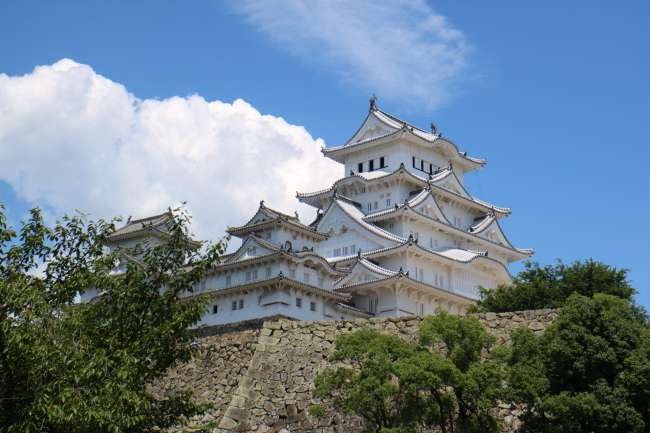
Travel reports Japan
